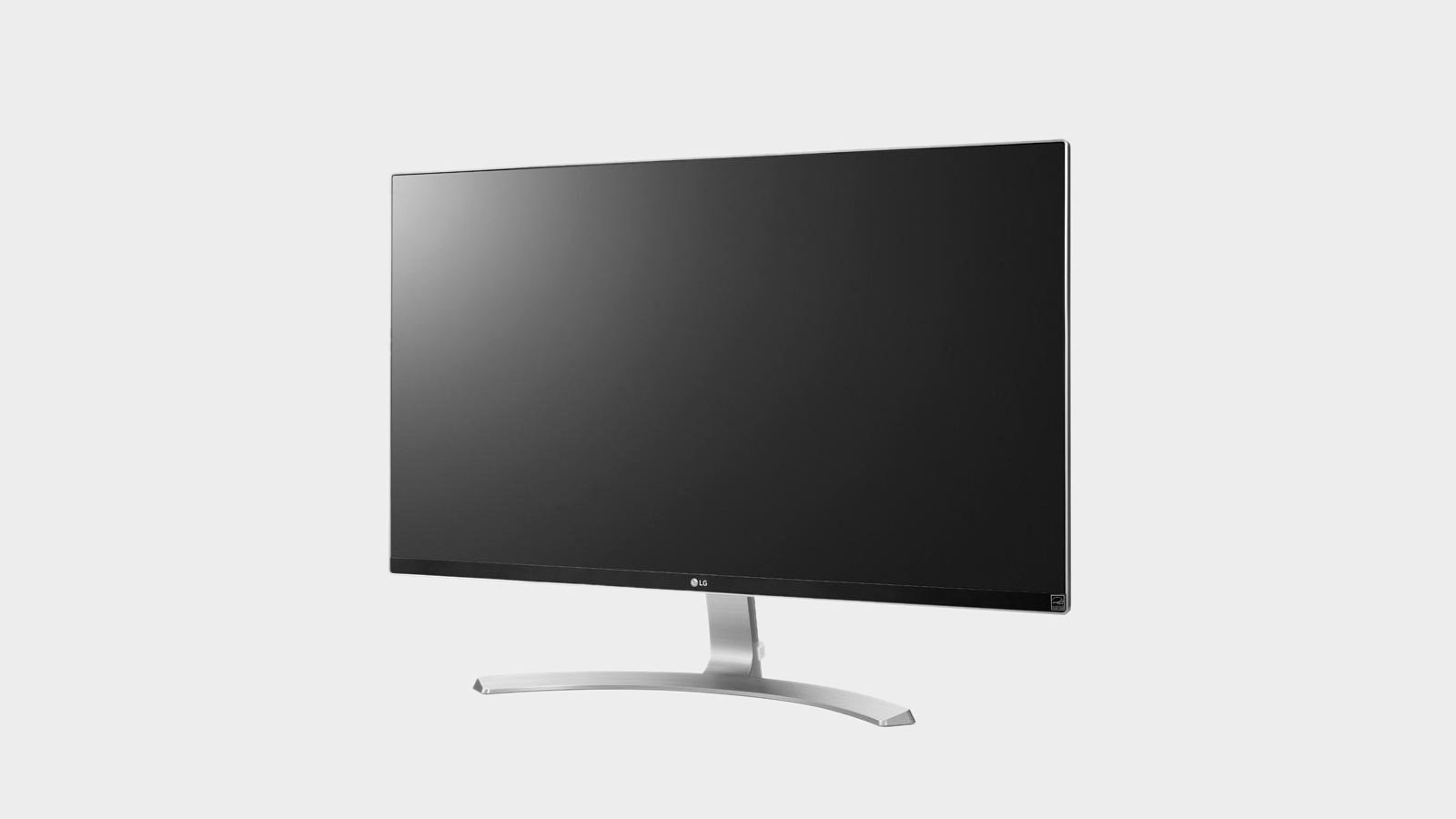This LG 27-inch 4K IPS FreeSync display is 40% off
Join the 4K club, and you don't even need to worry about maintaining 60fps thanks to FreeSync.

We feel the best gaming monitors for most people are 1440p 144Hz displays with FreeSync or G-Sync technology, but for other uses it can be nice to have the added pixel density and resolution of a 4K display. As a part of the Amazon Prime Day PC deals, the LG 27UD68-W is currently on sale for $300. That's 40 percent off the regular list price of $499 and a bargain. It's a great price on an attractive display with some impressive specs.
LG 27UD68-W 4K FreeSync | $300 at Amazon (save $200)
Join the 4K revolution with this beautiful 27-inch IPS monitor. It provides great color reproduction and is a good choice for image/video work or watching movies. It also has ultra-thin bezels.
You won't get a 144Hz refresh rate here, but LG otherwise delivers the goods. To begin with, there's a 30-60 Hz variable refresh range with FreeSync (you can try enabling G-Sync compatible as well, though the display isn't currently on Nvidia's approved list). More importantly, the 27UD68-W sports an IPS panel, which means wide viewing angles and generally better color accuracy than TN panels. LG also touts the 99 percent sRGB color space reproduction and the maximum 350 cd/m^2 brightness. Finally, the display also comes with two HDMI inputs along with a single DisplayPort connection, plus audio out for speakers.
Similar displays typically start at $350, so right now you can save at least $50 while getting generally better specs. As a result, this is a great display for anyone looking to increase the screen real estate in Windows, or high-end gamers looking to make the jump to 4K.
Some online stores give us a small cut if you buy something through one of our links. Read our affiliate policy for more info.
Keep up to date with the most important stories and the best deals, as picked by the PC Gamer team.
Jarred's love of computers dates back to the dark ages when his dad brought home a DOS 2.3 PC and he left his C-64 behind. He eventually built his first custom PC in 1990 with a 286 12MHz, only to discover it was already woefully outdated when Wing Commander was released a few months later. He holds a BS in Computer Science from Brigham Young University and has been working as a tech journalist since 2004, writing for AnandTech, Maximum PC, and PC Gamer. From the first S3 Virge '3D decelerators' to today's GPUs, Jarred keeps up with all the latest graphics trends and is the one to ask about game performance.



